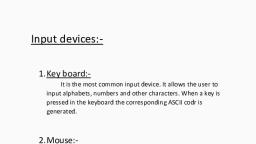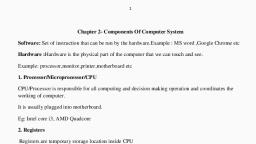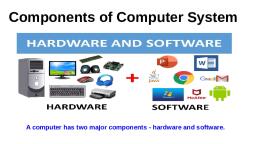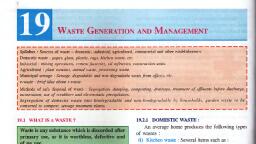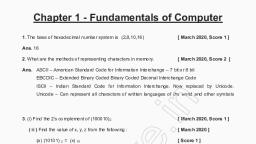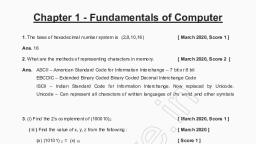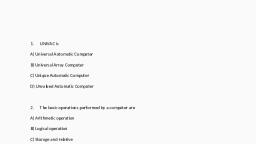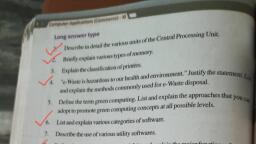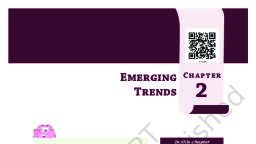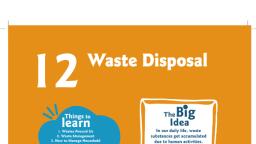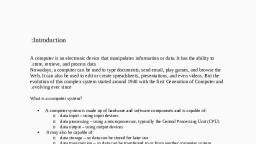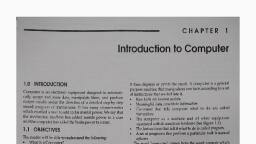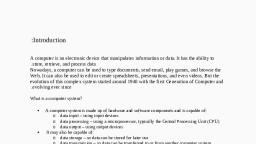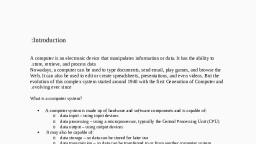Page 1 :
E – waste:Electronic waste may be defined as discarded computers,, office electronic equipment, entertainment devices, mobile phones,, television sets and refrigerators., , Chemicals, , Source, , Consequences, , Lead can cause damage, to central and peripheral, Lead, nervous system, blood, system and kidney in, human, Effect a baby’s growing, brain and nervous, Found in Printed Circuit, system. Adults can, Mercury, Board, LCD screen, suffer organ damage,, backlight, mental impairment and, a variety of other, symptoms, Cause various types of, Found in chip resistors, cancers, Cadmium can, Cadmium, and semi - conductors also accumulate in and, harm the kidneys, Found in Printed Circuit, These toxins may, BFR (Brominated, Board and some, increase the risk of, Flame Retardants), plastics, cancer, Found as solder on, Printed Circuit Board, and in computer, monitor glass
Page 2 :
E – waste disposal method:1. Reuse:It refers to second hand use or usage after the equipment, has been upgraded or modified. Most of the old computers are, passed on to relatives, friends or to retailers for exchange or for, money., , 2. Incineration:It is a control and complete combination process in which, the waste is burnt in a specially designed incinerators at high, temperature., , 3. Recycling:Recycling is the process of making or manufacturing new, products from a product that has originally served its purpose., , 4. Land filling:It is one of the most widely used, but not recommended, method for disposal of e – waste. In this method soil is excavated, and waste material is buried in it, which is covered by a thick layer, of soil.
Page 3 :
Student’s role in E – waste disposal:➢ Stop buying unnecessary electronic equipment., ➢ When electronic equipment get faulty try to repair it instead, of buying a new one., ➢ Try to recycle electronic equipment by selling them or, donating them to others., ➢ Buy product with good warranty and take back policies., ➢ If the device is battery operated, buy rechargeable instead of, disposable battery., , Green Computing / Green IT:Green computing is the steady and practice of environmentally, sustainable computing or IT. Green computing is the designing,, manufacturing, using and disposing of computers and associated, components such as monitor printers, storage devices, efficiently, with minimal or no impact on the environment., To promote green computing there are four approaches., , 1) Green design:- Designing energy efficient and eco, friendly computers, servers, printers, projectors and other, digital devices., 2) Green manufacturing:- Minimising waste during the, manufacturing computers and other components to, reduce the environmental impact on these activities.
Page 4 :
3) Green use:- Minimising the electricity consumption of, computers and peripheral devices and using them eco –, friendly manner., 4) Green disposal:- Reconstructing used computers or, appropriately disposing of or recycling unwanted, electronic equipment.
